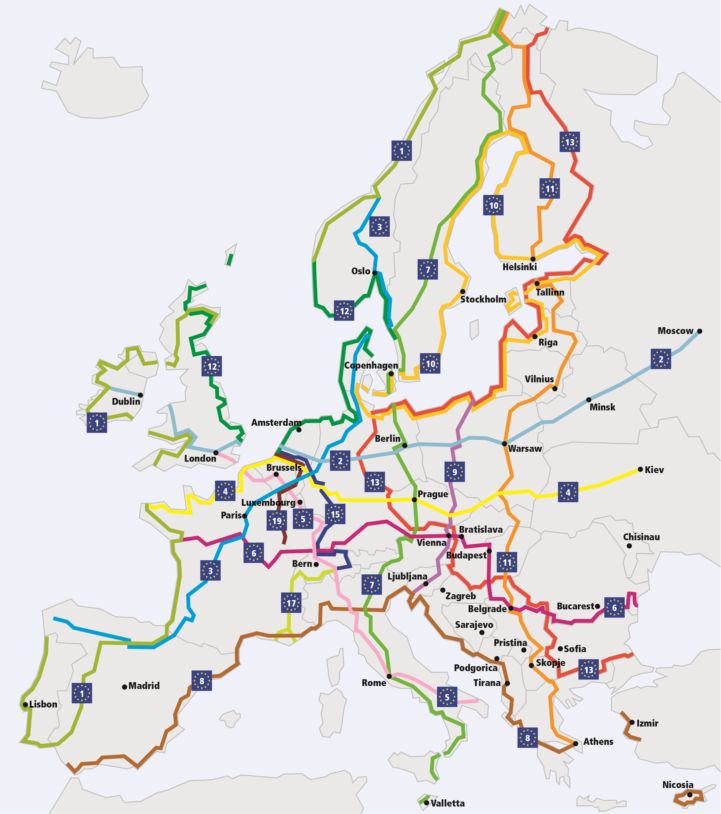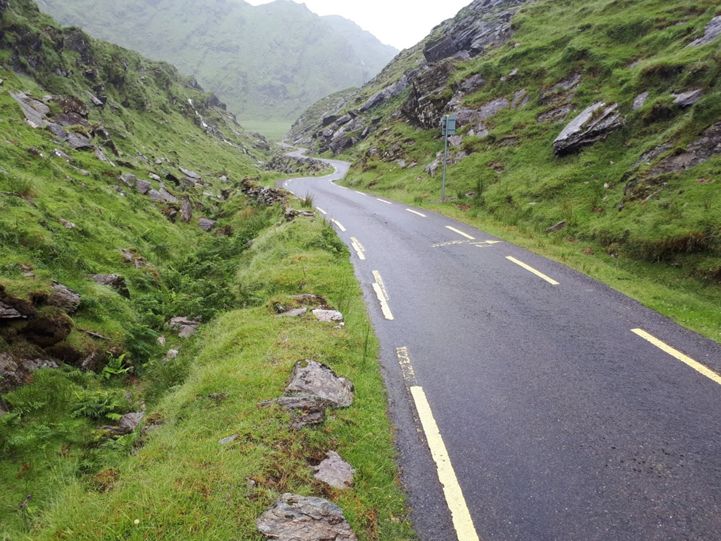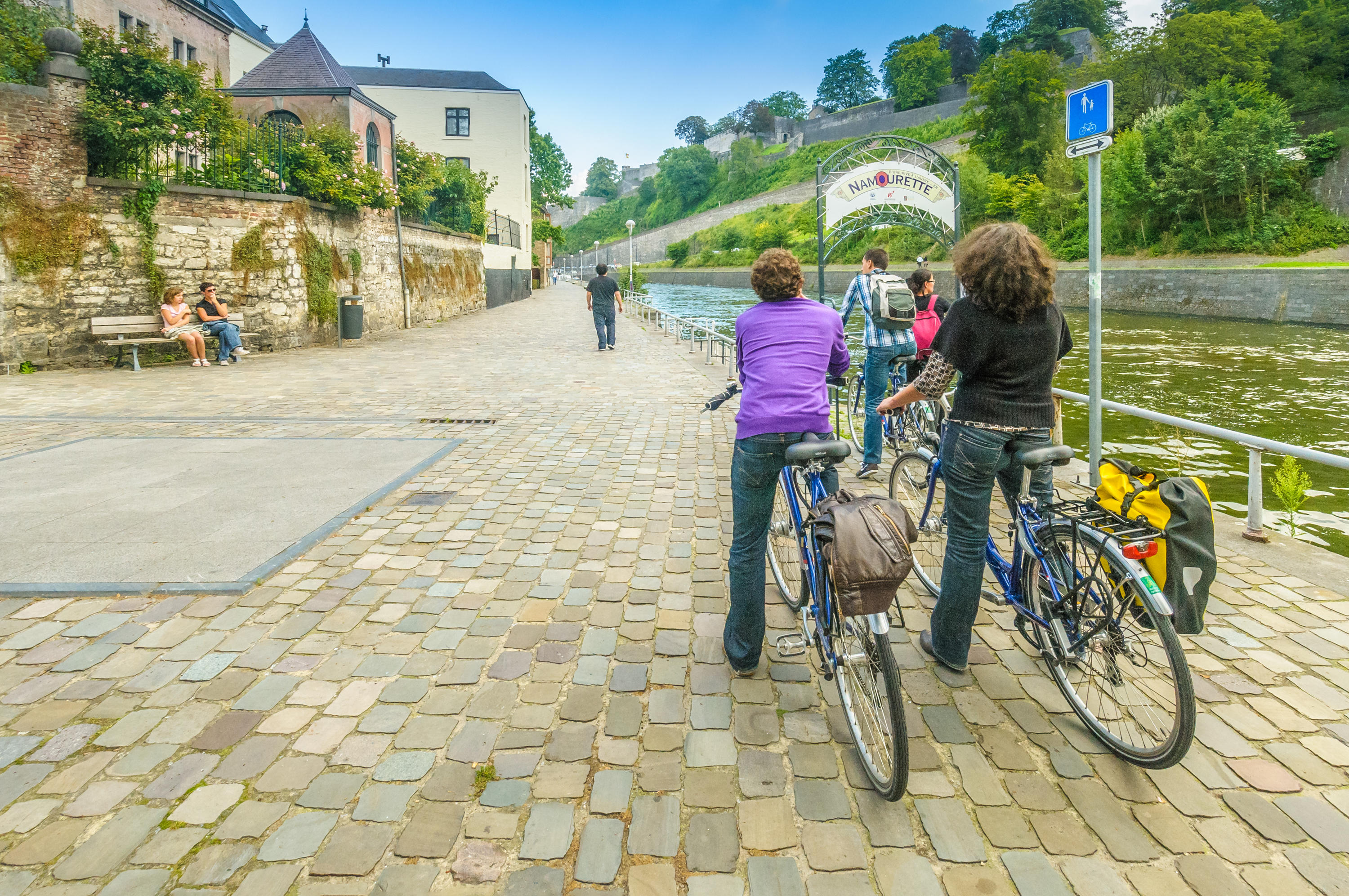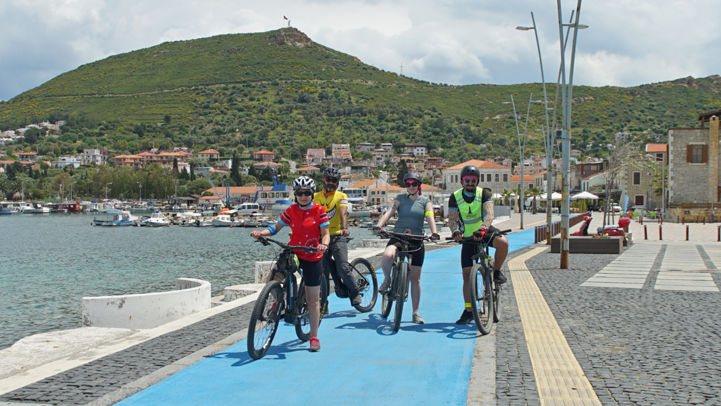A Short Guide to Europe’s Eurovelo Cycling Routes

The Eurovelo cycle route network contains 17 routes traversing 40 different countries across Europe. Each route is distinct, some with specific themes tracing routes of pilgrimages or long some of Europe’s most famous rivers, offering a unique look at the varied geography and cultures along the way.
This guide will briefly break down the ‘Eurovelo’ cycle route network so you can decide if it is the right fit for your next trip, and if so, which of the amazing journeys you want to take.
Europe is perfect for bicycle tourism as the countries and regions are quite small compared to the USA. With many European countries being smaller than entire US states, towns and villages are positioned closer together, giving you many places to stop or visit in a short distance.
For example, you could cycle from Spain through France, Italy, Switzerland, and Austria at a distance similar to the length of California.
Whether you want a sunny Mediterranean coastal trip from Spain to Greece, or a wild Atlantic adventure from the tip of Norway to Portugal’s southern coast, with over 55,000 miles to discover, there is something for every kind of bike lover.
Since the organization began developing routes in 1994, dozens of tourism businesses have put together guided and self-guided tours, offering a stress-free option to travelers. These services differ greatly, but usually include bed and breakfast, dinner options, equipment, and airport transfers.
You can find information about businesses that offer tours on the route page at Eurovelo.com
Choosing a route

EuroVelo 1 in Ireland. (Image source: eurovelo.com)
If you plan to travel without the use of a tour company, there are many awesome resources that can help you plan the perfect trip. The Eurovelo website is an incredible resource for route-mapping and planning.
There you can find visual representations of all the routes. Each individual route is broken down into ‘stages’, like a ‘Tour de Europe’, with a variety of maps and guides outlining either the whole route, or each stage.
These guides also highlight many of the key sights and attractions along the way, as well as tourist information centers, bicycle service points, accommodation, and options for dining.
Europe’s geography is extremely diverse, so strongly consider the time of year for your travel when choosing the route. A summer trip along the Atlantic coast of Ireland will offer a diverse climate of wind, rain, and temperatures in the 50s to 70s.
Whereas, a summer trip along the Mediterranean route in Spain is likely to be completely dry with temperatures in the 90s and higher. With the routes traversing multiple countries with differing topography and seasonal weather conditions, make sure to check out the local climate for the time of year you plan to travel.
Planning the route

EuroVelo’s route planner.
Once you know which route you want to take, planning your stages and stops will help save you tons of time and allow you to make sure you see all the sights you want throughout.
Eurovelo’s mobile app (available on Android and iOS) has comprehensive step-by-step guides for six of the routes. Other route planning apps like Bikemap and Komoot are popular, free, and highly functional when mapping a specific route.
For example, Komoot analyzes hundreds of factors while building your trip map, to help you layout the ideal route, including highlights added by the Komoot community along the way.
The fitness level of all members of the group is important to consider before choosing the path to take. Routes and stages range from flat prairies to relentless mountain ranges, so understanding the varying difficulty is important.

Discovering Namur by bike on EuroVelo 19. (Image source: eurovelo.com)
You don’t want to be caught walking your loaded bike over a mountain pass in the Alps. With Komoot, you can input your fitness level and generate the route based on that, which is an extremely valuable feature.
E-Bikes are a great alternative that allow individuals with lower fitness levels the opportunity to visit mountainous areas, and many tour companies now offer these types of bikes. Knowing the fitness level of your group is also important for planning the distance to travel each day.
This will also come down to personal preference, available time, and how many places you plan to visit along the way.
It’s important to be flexible, allowing extra time and resources for extreme weather conditions, equipment problems, fatigue, and other unforeseen circumstances. For those who enjoy camping, there are many campsites available along the well-developed Eurovelo routes.
Taking your bike overseas

When in Europe, travel on interstate trains with your bike. (Image source: eurovelo.com)
Traveling with your bike is very common and quite straightforward. Most airlines give clear instructions on how they would like the bicycle packed as you can see both on the websites for United and American Airlines.
The cost for a box weighing 50lbs or less is usually equivalent to adding an extra checked piece of luggage (possibly including a handling fee), making it very attractive for anyone hoping to take their bike by plane.
A great way to pack the bike is to visit your local bike store and ask for a cardboard bike box from any recent delivery they have received, and use that to pack yours for travel. You can also store some of your gear and equipment in the box along with your bike to use up the remaining available 50lb limit.
Be sure to reseal it securely and if possible put some cushioning around the frame in case of rough handling during transit. Otherwise, most sports stores will carry bicycle travel cases built specifically for packing your bike into a smaller, more durable container.
Conclusion

One of the latest additions to the network is the EuroVelo 8 section in Izmir, Turkey. (Image source: eurovelo.com)
With cycle tourism exploding in recent times, along with improved infrastructure, safety, and accessibility, the Eurovelo is becoming a top choice worldwide for both casual and serious cyclists who want to experience Europe and the amazing diversity of places, people, and culture on offer there.
Now that you have uncovered the possibility of seeing your dream European destinations paired with your favorite activities, you can begin planning your next route.



I’m trying to determine what part of the different routes are on bike trails and what is on the road with cars. I;m planning a trip from Bayeux to Rouen
Hi Karla, I think you can visit the eurovelo.com website, download the .gpx file for the route you want to ride, load it using a third-party app like RidewithGPS, Maps.Me, Komoot, etc. and then check the route inside the app.